#larus canus
Photo


gull activities
#birds#bird photography#seagull#gull#common gull#larus canus#filurig photos#common gull one of my fave local gulls...#theyre pretty much the only gull in my town tho LOL i rarely see any other kind
15 notes
·
View notes
Text
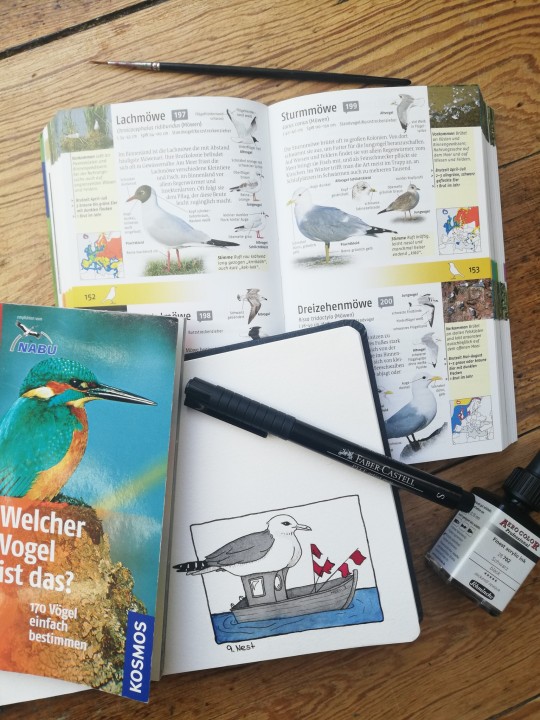
Inktobere 2022- Day 9: Nest
#Inktober 2022#Day 9#Nest#Seagull#Birds#booklr#book photography#inkdrawing#Larus canus#I couldn't really find a good fitting book for this prompt#that's why I choose some of my field guides and just drew a small fisher boat from my home area and a big birb
33 notes
·
View notes
Photo
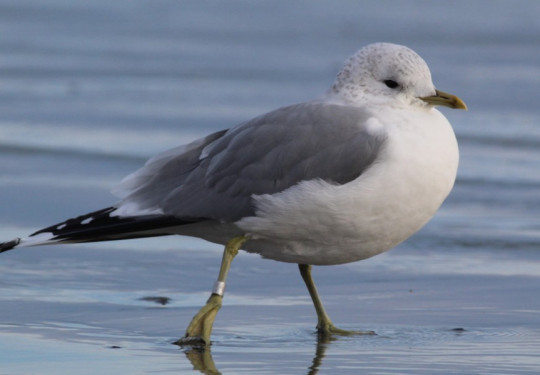
A new variant has been added!
Common Gull (Larus canus)
© Lily M
It hatches from black, brown, brownish, dainty, dark, frequent, large, long, much, other, pink, small, urban, variable, and white eggs.
squawkoverflow - the ultimate bird collecting game
🥚 hatch ❤️ collect 🤝 connect
9 notes
·
View notes
Text

#animalia#arthropoda#aves#brachycera#charadriiformes#chordata#diptera#endopterygota#hexapoda#insecta#laridae#larus canus#vertebrata#death#eating#gif#winking#roadkill
1 note
·
View note
Text
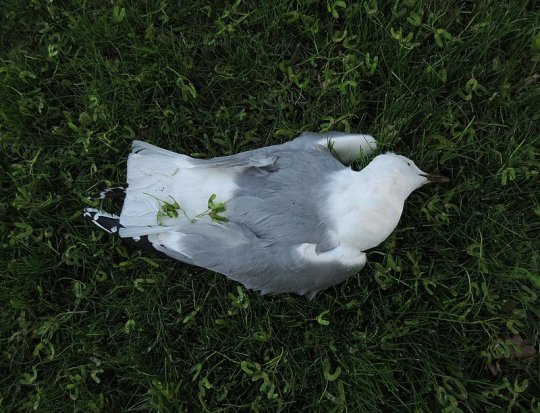

common gull (Larus canus) by kaupunkilinnut
1 note
·
View note
Text
This occurs when a male joins them and is accepted into their association, bonding with one or both females (who nevertheless still retain their bond with each other).
"Biological Exuberance: Animal Homosexuality and Natural Diversity" - Bruce Bagemihl
#book quote#biological exuberance#bruce bagemihl#nonfiction#common gull#mew gull#larus canus#ot3#bonding
1 note
·
View note
Text
Common Gulls are fairly sociable, often associating in flocks of up to 100 individuals; sometimes tens of thousands of birds congregate outside of the breeding season. Ring-billed Gulls are also gregarious.

"Biological Exuberance: Animal Homosexuality and Natural Diversity" - Bruce Bagemihl
#book quotes#biological exuberance#bruce bagemihl#nonfiction#ring billed gull#larus delawarensis#common gull#mew gull#larus canus#sociable#gregarious#breeding season
0 notes
Text
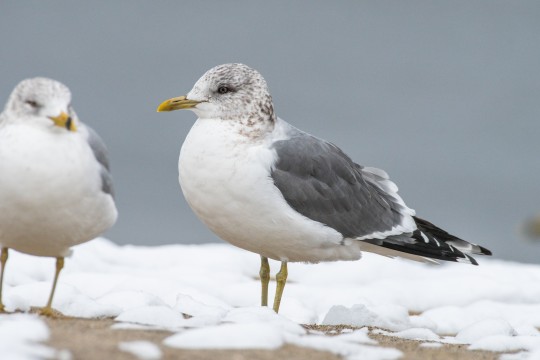
[2604/11080] Common gull - Larus canus
Order: Charadriiformes
Suborder: Lari
Family: Laridae (gulls, terns and skimmers)
Photo credit: Cody Limber via Macaulay Library
90 notes
·
View notes
Text
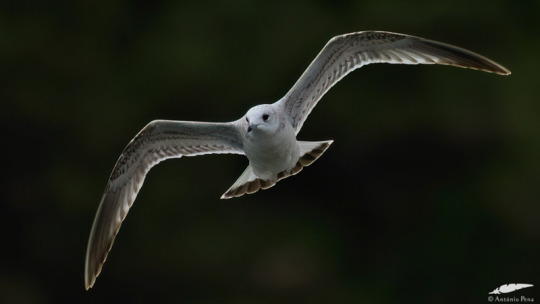


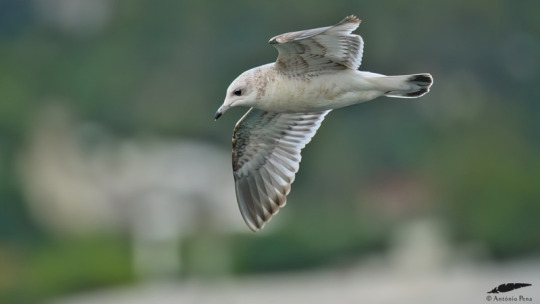
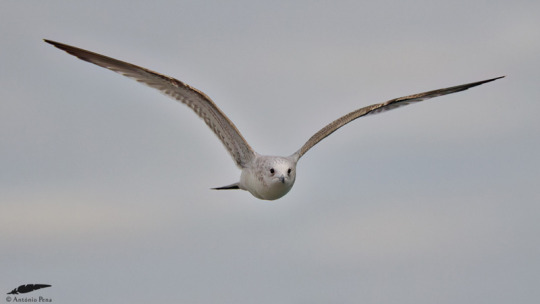
Common Gull - Famego (Larus canus): 1st winter bird
Sesimbra/Portugal (26/12/2023)
[Nikon D500; AF-S Nikkor 500mm F5,6E PF ED VR]
16 notes
·
View notes
Text
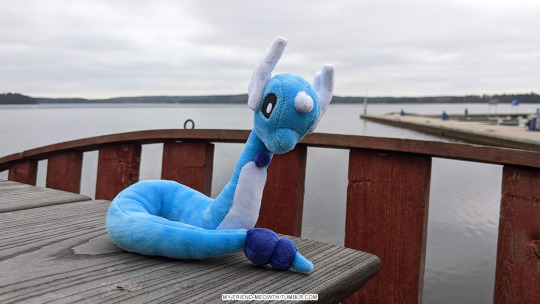
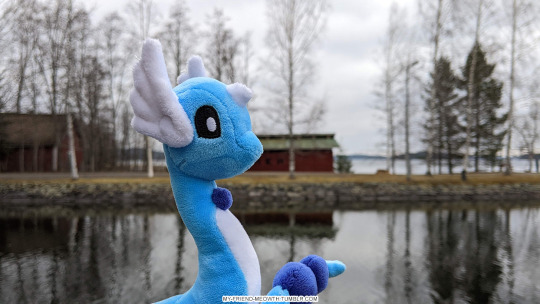

Again not many birds during this bird watching trip...

Käpytikka (Dendrocopos major) Great spotted woodpecker

Isokoskelo (Mergus merganser) Goosander

Kalalokki (Larus canus) Common gull

Telkkä (Bucephala clangula) Common goldeneye
#dragonair#great spotted woodpecker#goosander#common gull#common goldeneye#pokemon#my pokemon#vääksy
5 notes
·
View notes
Text
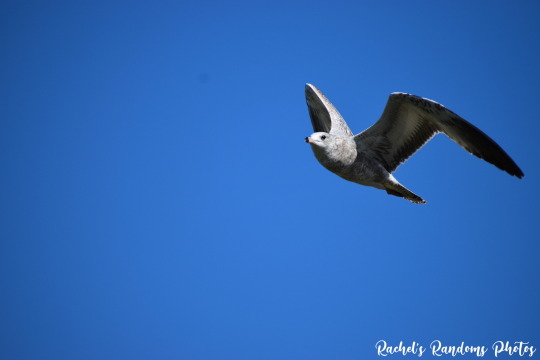
Common Gull (Larus canus)
Taken at South Patrick Community Park in Satellite Beach, FL
#common gull#common gulls#gulls#water bird#water birds#seagull#seagulls#bird#birds#bird watching#bird photography#animal#animals#animal photography#wildlife#wildlife photography#nature photography#photography#nikon camera#nikon photography#nikon d3500#florida#florida photograhy#florida photographer#Larus canus
5 notes
·
View notes
Text
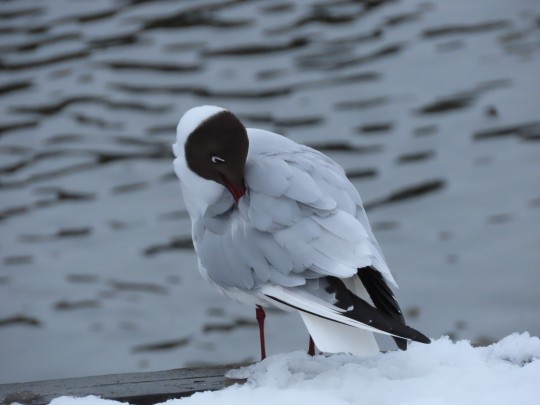
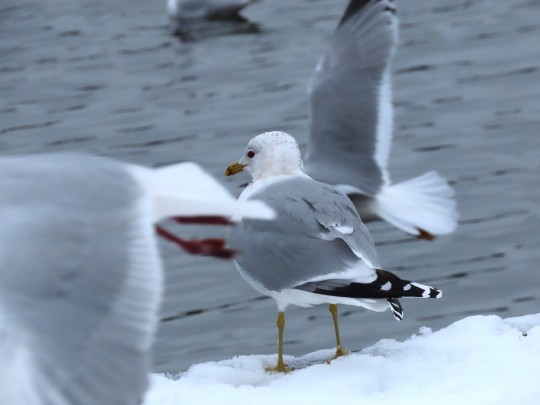
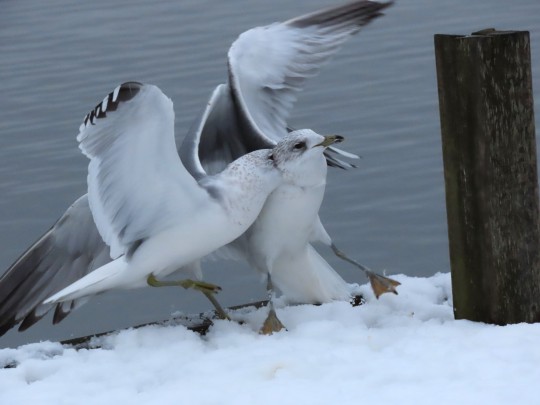
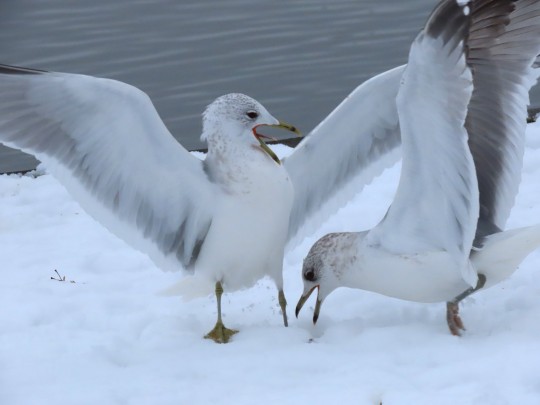
black headed (chroicocephalus ridibundus) and common gulls (larus canus)
#gull#black headed gull#common gull#birds#bird photography#filurig photos#i love bhgull so muchhhhh#gullfight like my first “action shot” LOL
7 notes
·
View notes
Text
Round 1, Side B: Match 18
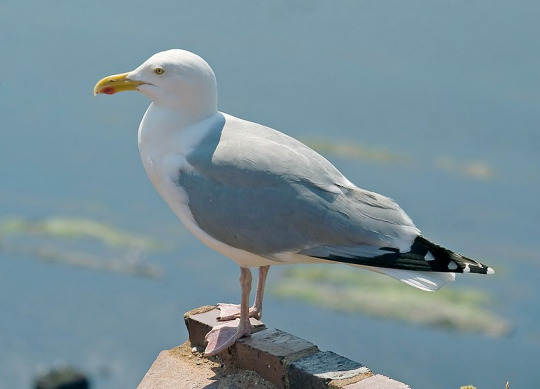

[Image ID: Two pictures of gulls. The left is a European herring gull standing on the tip of a roof. The right is a common gull standing on rocks. /End ID]
The European herring gull (Larus argentatus) is a large gull that lives and breeds along the northern part of Europe. They typically measure 55-67 cm (22-26 in) in length and 125-155 cm (49-61 in) in wingspan. They have white underparts and head, light grey upperparts and wings with black tips and white "mirrors," yellow bill with red spot, and pink legs (though they can be yellowish instead). They eat crustaceans, carrion, and eggs and young of other birds. Despite their name, they do not have any special preference for herrings. They have been observed using pieces of bread as bait to catch goldfish, and rhythmically drumming their feet on the ground to create vibrations to drive worms to the surface.
The common gull (Larus canus) is a mid-sized gull that lives and breeds in northern Europe. They typically measure 40-46 cm (16-18 in) in length and 110-130 cm (43-51 in) in wignspan. They have white underparts and head, grey upperparts and wings with black tips and white "mirrors," yellow legs, and short greenish-yellow bill. They eat worms, insects, and fish as well as scavenge.
European herring gull image by Kurt Kulac
common gull image by Peter Prokosch
7 notes
·
View notes
Photo

Cada 6 de septiembre se homenajea a una de las especies de aves más peculiares del mundo. Se celebra el Día Mundial de las Aves Playeras.
¿Por qué se celebra el Día Mundial de las Aves Playeras?
La principal finalidad de la celebración del Día Mundial de las Aves Playeras es la de promover la investigación y monitoreo de estas especies, así como destacar la importancia de su conservación a nivel mundial.
Es preciso proteger su hábitat y las rutas migratorias de estas aves, debido a que en las últimas décadas han mermado las poblaciones de aves playeras. De esta manera se garantiza la preservación de las distintas especies.
Las aves playeras: viajeras peculiares
Las aves playeras son aves acuáticas y migratorias del orden Charadriiformes que se encuentran en dunas, playas de arena, humedales costeros e interiores, pastizales y otros hábitats. Algunos de estos espacios se han visto afectados por los siguientes factores:
Contaminación ambiental.
Afluencia vehicular en zonas de nidificación.
Actividades recreativas.
Acecho de animales a sus nidos.

Las aves playeras se caracterizan por recorrer grandes distancias, provenientes de varias partes del mundo. Generalmente realizan dos movimientos migratorios anuales: en otoño hacia el sur para llegar a sus áreas de invernada y hacia el norte en primavera para la temporada reproductora.
Se estima la existencia de unas 217 especies de aves migratorias y residentes. Son uno de los grupos de aves más variados en forma y tamaño. Funcionan como indicadores de cambios ambientales.
Algunas de las características físicas de estas aves son las siguientes:
Dedos largos, que le otorgan estabilidad y equilibrio sobre sustratos blandos.
Patas largas y delgadas, para caminar en la arena, el lodo y en aguas poco profundas.
Picos alargados, para buscar alimento en el lodo y en el agua.
Plumaje moteado, que les permite camuflajearse y esconderse de depredadores. Con largas plumas primarias para volar a gran velocidad.
De acuerdo a cada especie de ave playera, se reproducen y nidifican en ciertas épocas del año. La mayoría de estas especies tienen hábitats alejados de las costas playeras. Muchas de ellas son aves migratorias de larga distancia.
Algunas especies de aves playeras
A continuación mencionamos algunas de las especies más conocidas de aves playeras:
Playero Canuto (calidris canutus)
Playero semipalmeado (calidris pusilla)
Ostrero americano (haematopus palliatus)
Playero rojizo (calidris canutus roselaari)
Playero Blanco (calidris alba)
Gaviota común (larus canus)
Gaviota del Pacífico (larus pacificus)
Alcatraz común (morus bassanus)
¿Cuál es tu ave playera favorita? Comparte información útil e interesante sobre el Día Mundial de las Aves Playeras en las redes sociales. Utiliza los hashtags #DíaMundialAvesPlayeras #AvesPlayeras #WorldShoreBirdsDay
3 notes
·
View notes
Video
Larus canus - Common gull by Seppo Miettinen
Via Flickr:
Kalalokki
0 notes
Photo
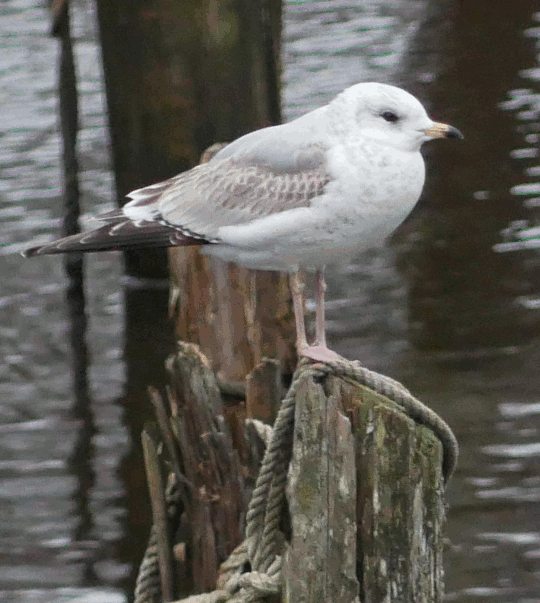
976 notes
·
View notes
